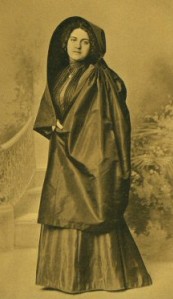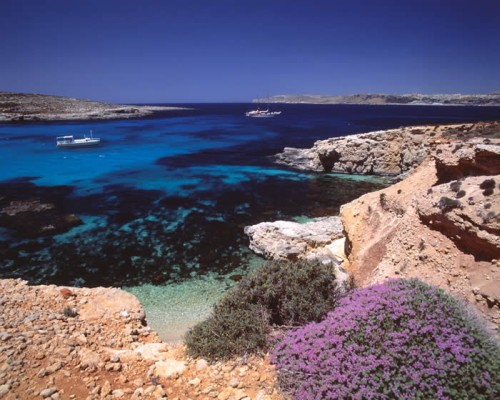|
Languages of the World KENAX Translation Agency | |
 |
| TRANSLATION RESOURCES | TRANSLATION TIPS | TRANSLATION JOBS | TRANSLATION SERVICE |
Language of Malta, Jobs and EmploymentThis webpage was created to help people speaking Maltese find work. Below are some weblinks to help you find work in your local area. If you know of any others, please feel free to suggest them to us so that we can add them to these pages. |
|
Otherwise, you can also work remotely from the comfort of your home by providing translations or other remote human resource work. If you would be interested in working from the comfort of your home, please fill in our quick application form to the right. | 
| |
Malta Web Links Related to Jobs, Employment, Translations and Other
Language family: Afro-Asiatic > Semitic > Central Semitic > South Central Semitic > Arabic > Maltese It is the official language of Malta, and hence also one of the official languages of the European Union. It descends from Maghrebi Arabic and is the only Semitic language written with the Latin alphabet. It bears strong similarities to North African Arabic dialects. Malta may have been first visited by the Phoenicians, who probably found the island uninhabited but used it as a temporary docking station for their ships. The island was later populated by the Carthaginians, Carthage essentially being the capital city of the Phoenicians. The Maltese language was long thought to be a direct descendent of the Punic language of the early Carthaginian settlers, but this is difficult to prove since Punic is a dead language. Furthermore, the islanders were quick to side with the Romans when Carthage was sacked, migrating towards Latin. Furthermore, it is said that the later invading Arabs carted off the entire original population as slaves. Die hard romanticists do not like to hear of a total loss of Punic roots, pointing to the highly Semitic characteristics of the language, so the difficult nature of proving this matter has left it a contested issue. There are about half a million Maltese speakers worldwide, 400,000 of which live in Malta. A study found that only 40% of Maltese words have roots in the Quran, contrary to 58% of Moroccan words and 72% of Syrian Arabic words. The Maltese language has imported many words from its northern European neighbours, 40% of its vocabulary having Romance roots (mostly Sicilian). In fact, there is a strong similarity between Maltese and Siculo-Arabic, which is the variation of Arabic spoken in Sicily during and after Arab rule there. The remaining 20% of the Maltese vocabulary is comprised of English loan words. |
|
It is interesting to note that church sermons are orated with a heavier use of Semitic words. Poetry and literature also use a lot of Semitic words not used in everyday life, but academic languages are increasingly borrowing from Romance languages, which is becoming an increasing trend and which is making the Maltese language more European. The gA§onnella was a particular attire unique only to the Mediterranean islands of Malta and Gozo. There are several theories to its development, one of which includes the Arab veil, as such dating it back to the time of Islam rule around 1000AD. This would make it an interesting Europeanised tradition of this Arabic custom. Another theory states that it evolved from a Sicilian (from which Malta draws much influence) dress, its style migrated to the east. Or, a local legend states that the dress was first introduced onto the island in 1224 AD as a sign of mourning by the women of Abruzzi who were expelled from Italy and whose husbands were slaughtered on orders from the Roman emperor. Still another theory states that the women of Malta developed the dress to imitate the attire of nuns and as such ward off unwanted advances from Napoleon's troops. In any case, the dress has drawn much intrigue, as for example illustrated by one Victorian traveller and painter: "…enveloped in her elegant black silk mantilla, a costume of which it may be said that it renders even the ugly attractive, while the pretty become positively irresistible: so grave, and yet so piquant, so nun-like, and yet so coquettish, are its rustling folds, tastefully drawn round the head, so as to throw additional expression into a deep dark eye, and to relieve a white-gloved hand, and taper Andalusian foot." |

| |
|
Italian is also widely used by the younger population due to television programs broadcast from nearby Italy. This small yet strategically located island has had a long history of foreign domination, such as by the Maltese Knights, who mostly promoted French and Italian among the eight languages they exercised. During each foreign occupation, the presiding power used its own language in official circles and tried to promote it to the local population in the hopes of strengthening allegiance to them. The Maltese language was therefore never really promoted by any government and it was not until 1936 that the language was even made official, in this case by the British in an attempt to stave of belligerent Italian influence more than any value towards the language. It is the only European language not to have a written form up to the nineteenth century, when it was finally transcribed by philologists. Like this content? Please support it by pressing any or all of these links below: Copyright © KENAX, by Karel Kosman - All Rights Reserved Worldwide. |
| KENAX Translation Agency | |

